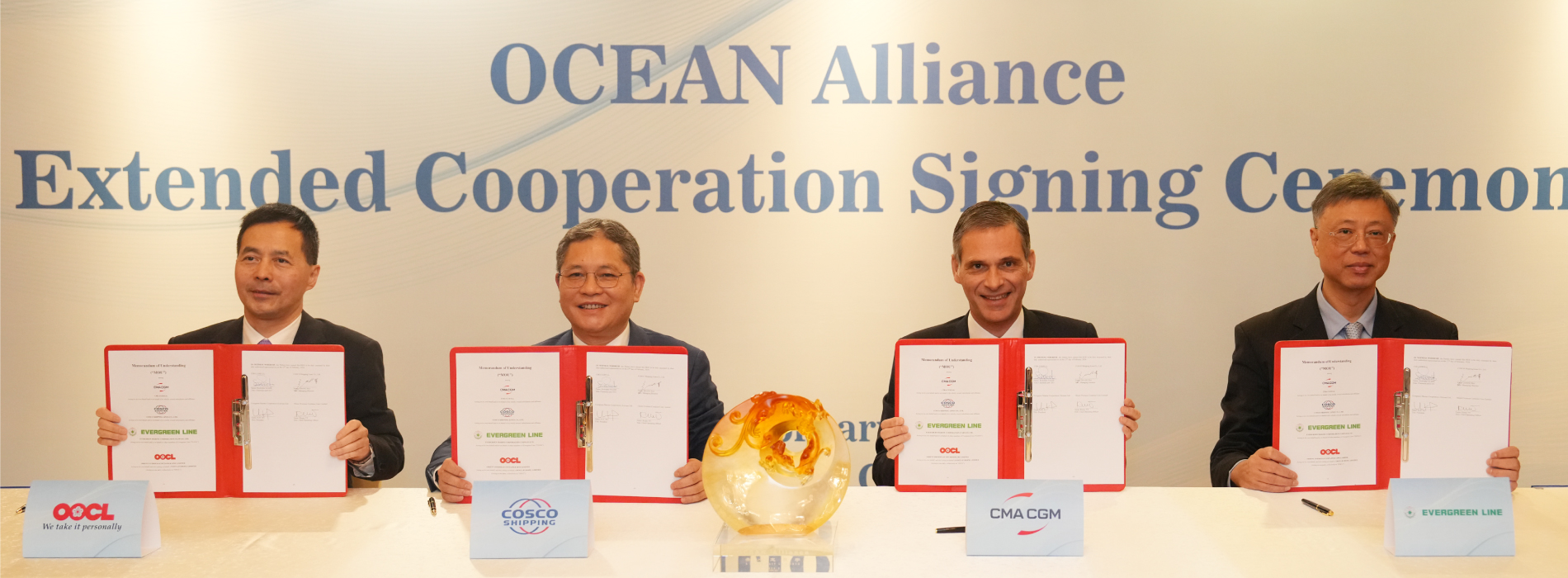Jiangnan Shipbuilding completed full-year commercial ship delivery tasks
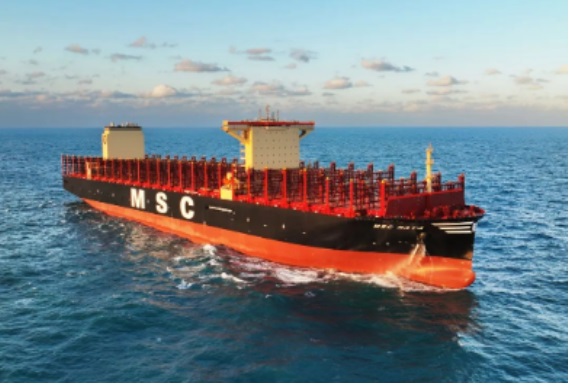
On November 28, the second 93,000 cubic meter very large liquefied gas carrier (VLGC) "Pan Maoming" built by Jiangnan Shipbuilding, a subsidiary of China State Shipbuilding Corporation, for Donghua Energy Company was completed and delivered.
This ship is an unplanned annual production increase ship and the 17th commercial ship delivered this year. All of them are mid-to-high-end ship types, which marks the continued progress of Jiangnan Shipbuilding and the results of high-quality development.
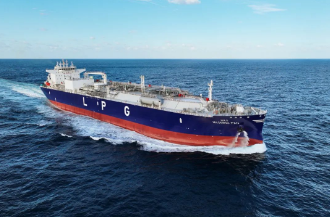
This type of ship has a total length of 230 meters, a width of 36.6 meters, and a speed of 16.5 knots. It is classified by DNV classification society and has excellent and balanced performance under full load, ballast and liquid cargo loading conditions of different proportions. Especially compared with similar products at home and abroad, this type of ship has strong competitive advantages, including the first application of self-developed rudder ball energy-saving device technology, and the speed of the ship has reached the international leading level; the first national production of low-temperature steel has been achieved, significantly The procurement cycle is compressed; the fuel range reaches 23,000 nautical miles, meeting the latest emission requirements of the International Maritime Organization (IMO).
The 93,000 cubic meter VLGC not only has a large capacity, but also uses dual-fuel technology, which can use either traditional heavy oil or clean liquefied petroleum gas (LPG) as power. This type of ship is equipped with 4 A-type independent tank enclosure systems. It adopts Jiangnan Shipbuilding’s efficient patented linear technology (VS-Bow) and cooperates with the “LPG dual-fuel main engine + shaft generator propulsion system” to make the ship Emissions of sulfur oxides and particulate matter during future operations will be reduced to a minimum, carbon emission indicators will meet the requirements of the third stage of the ship's Energy Efficiency Design Index (EEDI) ahead of schedule, and nitrogen oxide emissions will be reduced by 80%. It can be called a "future-type" green ship.
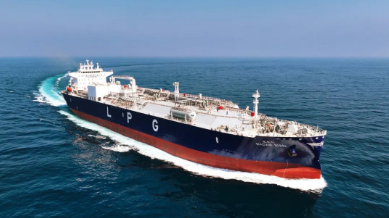
93,000 cubic meter ultra-large liquefied gas carrier
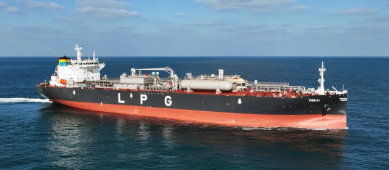
The first 40,000 cubic meter medium-sized fully cooled liquefied gas carrier in China
Product transformation and upgrading, process and engineering innovation
This year is an important year for Jiangnan Shipbuilding’s product transformation and upgrading, process and engineering innovation, and overall acceleration of lean management production. 17 commercial ships of 5 types were delivered throughout the year: including 9 93,000 cubic meter VLGC, 2 86,000 cubic meter ultra-large VLGC, 1 40,000 cubic meter medium-sized fully refrigerated LPGC, as well as 4 24,000TEU ultra-large container ships and 1 15,500TEU Large container ship. In particular, the world's largest dual-fuel powered fourth-generation VLGC boutique ship (Panda 93P) independently developed, designed and built by the company has received centralized batch delivery for the first time, further consolidating its position as a global VLGC R&D and construction center.
Rhythmic construction and batch delivery
In the field of large and ultra-large container ship construction, Jiangnan Shipbuilding also has many highlights. Known as the "Marine Giant" and "Super Cargo King", the 24,000TEU ultra-large container ship has achieved rhythmic construction and batch delivery. Products such as 15,500TEU large container ships and the 15,000TEU and 14,000TEU liquefied natural gas (LNG) dual-fuel powered large container ships under construction are advancing strictly in accordance with Jiangnan Shipbuilding's original "843" production rhythm, with remarkable results.

24100TEU ultra-large container ship
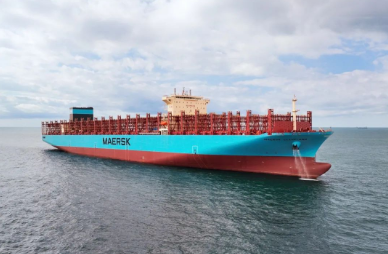
15500TEU container ship
Since this year, Jiangnan Shipbuilding has fully applied the "dual docks, double lines, and three-zone linkage" large-scale construction method to maximize the utilization of resources. At the same time, we promoted the application of new technologies such as "three-in-one" sea trials for liquefied gas ships and "ship-to-ship transfer" for very large liquefied gas carriers, and achieved "process reengineering", further shortening the construction cycle and reducing construction costs, forming a replicable and A new shipbuilding model that can be promoted.

